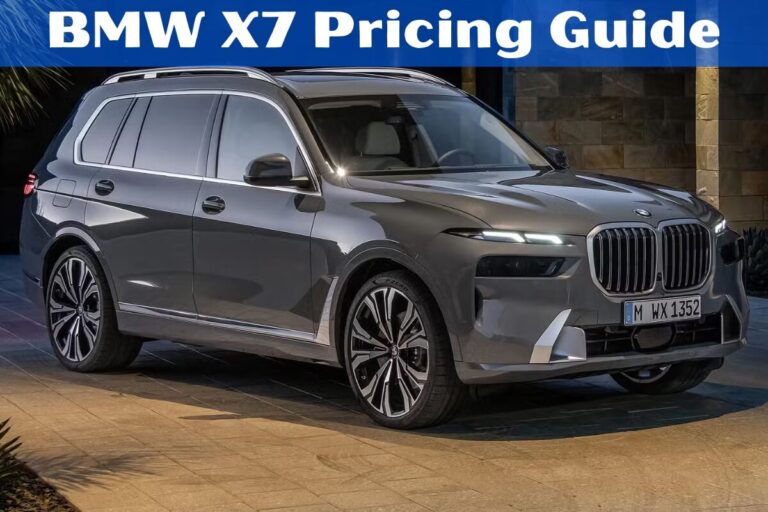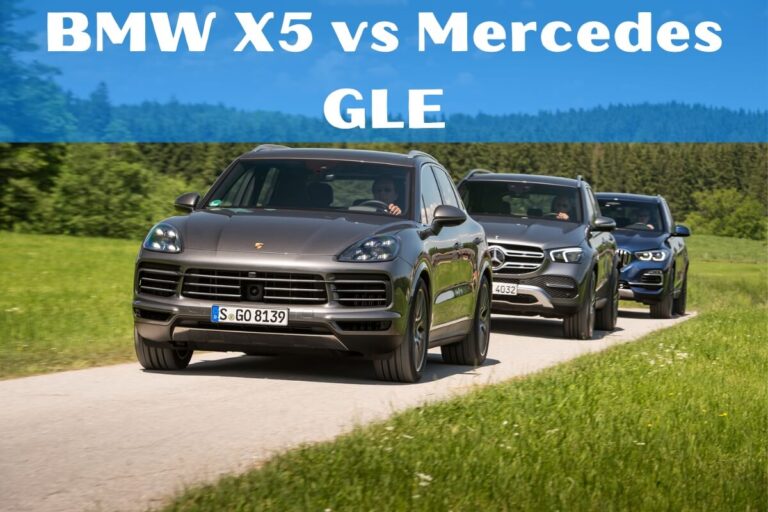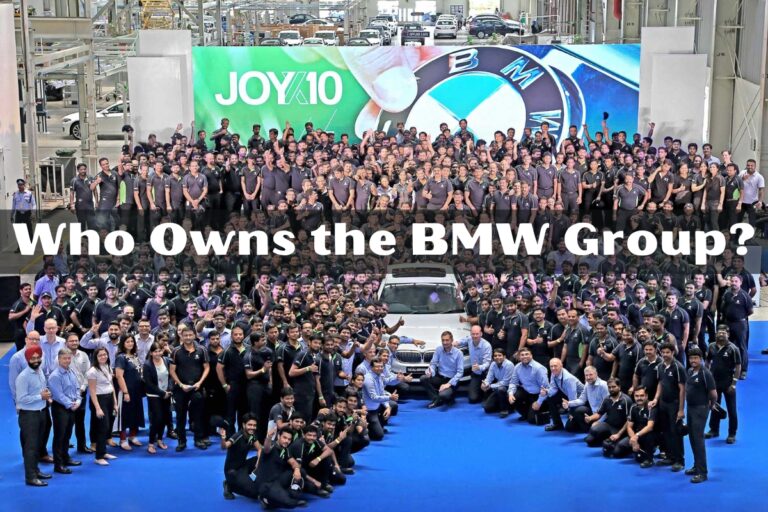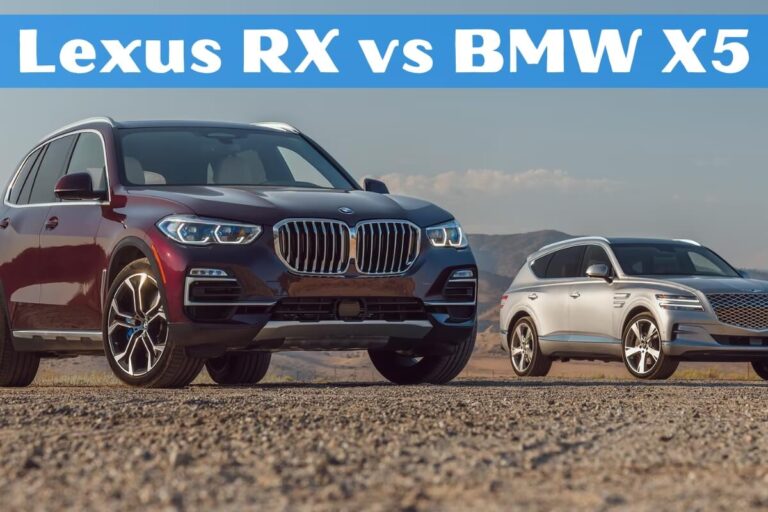Lexus RX vs BMW X3: Luxury SUV Showdown
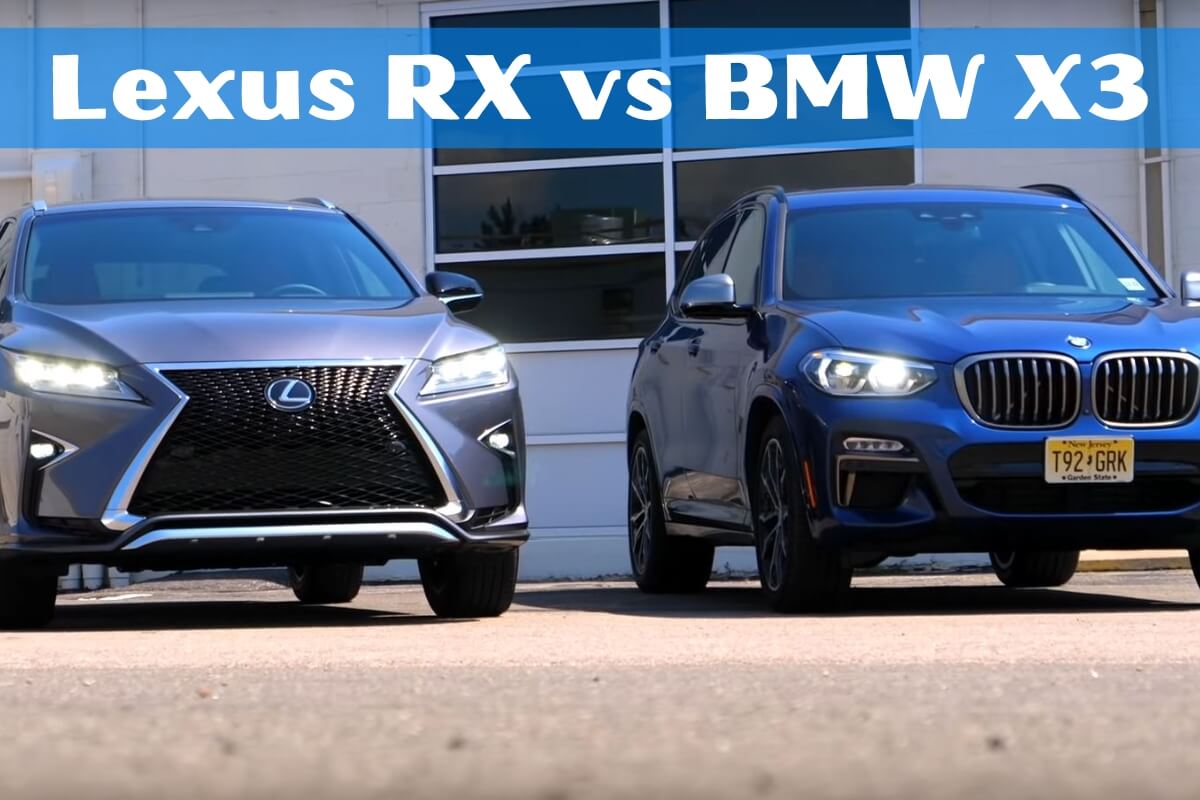
Are you in the market for a premium mid-size SUV with luxurious features and capable performance? If so, the Lexus RX and BMW X3 should be at the top of your list. Both offer upscale interiors, advanced tech, and impressive powertrains – but which one is the better choice for you?
In this detailed comparison, we’ll dive deep into the key differences between the Lexus RX and BMW X3 to help you make an informed decision. From performance and interior space to tech offerings and pricing, we’ll cover all the crucial factors you need to consider. Let’s get started!
Performance and Powertrain Comparison
When it comes to performance, both the Lexus RX and BMW X3 deliver. However, there are some notable differences under the hood.
The RX offers a few engine options, including a standard 2.4-liter turbocharged four-cylinder that produces 275 horsepower and 317 lb-ft of torque. There’s also a hybrid variant powered by a 2.5-liter four-cylinder paired with electric motors, making 246 horsepower. For more punch, the RX 500h hybrid churns out 367 horsepower.
On the other hand, the BMW X3 comes standard with a 2.0-liter turbocharged four-cylinder engine that makes 248 horsepower and 258 lb-ft of torque. The higher-performance M40i trim features a 3.0-liter turbocharged six-cylinder producing a robust 382 horsepower and 369 lb-ft of torque.
In terms of acceleration, the X3 M40i can sprint from 0-60 mph in just 4.4 seconds, while the base RX takes a more leisurely 7.7 seconds. So if blistering straight-line speed is a priority, the BMW clearly has an edge.
When it comes to fuel efficiency, the Lexus RX hybrid models have an advantage, with an EPA-estimated 36 mpg combined for the standard hybrid. The non-hybrid RX gets around 25 mpg combined, while the BMW X3 with the base four-cylinder engine is rated at 25 mpg combined.
Both SUVs offer an intelligent all-wheel drive system for enhanced traction and control. The Lexus uses a front-biased AWD setup, while the BMW’s xDrive system is rear-biased for a more sporty feel.
Interior Space and Cargo Capacity
While the Lexus RX and BMW X3 are both five-passenger vehicles, there are some key interior packaging differences to note.
The RX offers marginally more cargo room behind the second row, with 29.6 cubic feet compared to 28.7 cubic feet in the X3. However, the BMW has a significant advantage when the rear seats are folded, boasting 62.7 cubic feet of total cargo volume versus just 46.2 cubic feet in the Lexus.
As for passenger space, the two are fairly comparable. Both provide ample room for four adults, with the BMW perhaps having a slight edge in terms of rear legroom. The X3 also offers a bit more front headroom.
In terms of interior design and quality, it’s really a toss-up. The Lexus RX features a thoroughly modern and elegant cabin with premium materials. However, the BMW X3 also delivers an upscale, driver-focused environment with excellent build quality.
Infotainment and Tech Features
On the technology front, both the Lexus RX and BMW X3 are well-equipped with the latest infotainment and convenience features.
The RX comes standard with a 9.8-inch touchscreen infotainment system, though higher trims get an upgraded 14-inch display. Apple CarPlay, Android Auto, and a wireless charging pad are all included.
Similarly, the BMW X3 boasts a 10.25-inch central touchscreen as standard equipment, with the M40i getting an upgraded 12.3-inch unit. Wireless Apple CarPlay and Android Auto integration are also present.
When it comes to driver assistance tech, both SUVs offer a full suite of active safety features like automatic emergency braking, blind spot monitoring, lane keeping assist, and adaptive cruise control.
The Lexus does have a few additional unique technologies, such as a hands-free power liftgate, head-up display, and digital rearview mirror camera. However, BMW offers its own array of premium options like gesture control and a high-end Harman Kardon audio system.
Exterior Design and Styling
On the outside, the Lexus RX and BMW X3 showcase the distinct design philosophies of their respective brands.
The RX has a sleek, coupe-like profile with Lexus’ signature spindle grille and sharp creases along the sides. It cuts an elegant figure befitting its luxury status. The BMW X3, meanwhile, exhibits a more muscular and aggressive stance with signature kidney grilles and sculpted bodylines.
In terms of size, the two are quite comparable, though the BMW is a tad shorter in length and wider in stance. The RX stands slightly taller overall.
Both offer stylish wheel designs and color options to let owners personalize the look. The Lexus RX is available in up to 11 different exterior colors, while BMW provides 12 paint choices for the X3.
Trim Levels and Pricing
When it comes to choice of configurations and pricing, the BMW X3 and Lexus RX provide buyers with several options.
The 2024 Lexus RX has a starting MSRP of $59,850 for the base RX 350 FWD model. The RX 350h hybrid starts at $62,550, while the higher-performance RX 500h rings in at $67,950. A fully loaded RX Black Line tops out around $86,950.
On the BMW side, the 2024 X3 sDrive30i has a base price of $56,700, with the xDrive30i AWD version starting at $58,700. The high-performance X3 M40i commands $69,300, while a fully equipped BMW X3 tops out around $72,300.
Both SUVs are available in multiple trim levels providing different feature content at varying price points. Some notable highlights are the RX F Sport Handling, RX Premium, and Black Line trims for Lexus, and the X3 xDrive30e plug-in hybrid and M40i for BMW.
The Verdict – Which Luxury SUV to Choose?
So which SUV comes out on top in this Lexus RX vs BMW X3 battle? As is often the case, there is no definitive winner, as the “best” choice depends on your specific needs and priorities.
If fuel efficiency and value are key factors, the Lexus RX (especially the hybrid variants) is hard to beat. It also offers a more spacious cargo area with the seats up. The RX’s elegant yet modern styling may also appeal more to some luxury buyers.
However, the BMW X3 counters with stronger performance capabilities across its lineup, particularly with the robust M40i model. Its rear-biased AWD system provides a sportier driving experience. The X3 also boasts slightly more total cargo room and an ultra-premium cabin on par with the RX.
From an enthusiast’s perspective, the BMW is the more dynamic and engaging SUV to drive spiritedly. But for those who prioritize efficiency, value, and cargo versatility in a practical luxury package, the Lexus RX makes a very strong case.
Ultimately, the decision comes down to finding the right blend of performance, efficiency, interior packaging and design that fits your lifestyle. When exploring dealer inventory, take advantage of test drives to sample each SUV’s driving experience and interior ambiance. With both delivering exceptional luxury and refinement, you really can’t make a bad choice between these two premium utility vehicles.
Wrapping UP
The Lexus RX and BMW X3 are two of the top luxury mid-size SUVs on the market today, offering upscale accommodations, advanced technologies, and a healthy dose of performance and capability. While they share some similarities, this in-depth comparison reveals their distinct strengths and differences.
For many buyers, the decision may come down to prioritizing things like optimum fuel efficiency and cargo versatility (Lexus RX) versus exceptional driving dynamics and robust performance potential (BMW X3). Of course, pricing and personal style preferences will also play a role.
Regardless of which direction you go, one thing is clear – both the Lexus RX and BMW X3 deliver a truly premium SUV experience blending luxury and utility in distinctly appealing ways.

